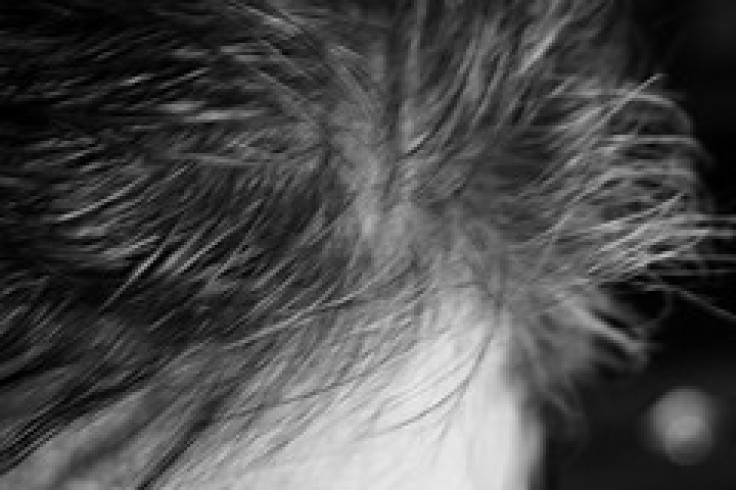Research: stops hair turning grey

Turning grey hair may appear to be less attractive for some people. If you fall under this category, then you don't need to worry anymore as researchers have developed a new treatment which protects the cells that provide hair with its pigment, allowing people to keep their natural colour for longer.
They hope to have the treatment on the market within a couple of years and say it could eventually be added to ordinary shampoo and conditioner.
The new treatment works by mimicking an enzyme which can protect the stem cells which produce pigment in hair follicles.
Eventually researchers hope they may be able to help people whose hair has already turned grey by replenishing the supply of pigment-producing stem cells altogether.
The hair whitening process is slow and is progressive, so we can prevent it, said Dr Bruno Bernard, head of hair biology at L'Oreal in Paris, the company which carried out the research.
The stem cells in the hair follicle are more fragile than those found in the skin, but this has opened up an opportunity that I believe we can use to prevent hair whitening.
Hair grows from hair follicles in three to four year cycles. At the end of each cycle, the hair follicle is regenerated from stem cells which lead to a new growth of a hair.
The colour of each hair is determined by cells known as melanocytes which produce the pigments that colour hair. Their numbers are kept topped up by a pool of melanocyte stem cells in the hair follicle.
Over time the pool of these stem cells declines and so they are unable to refresh the pigment producing cells after each cycle, meaning hair turns grey and then white because it lacks pigment.
Dr Bernard and his team have discovered that while melanocyte stem cells in the skin, which does not lose its colour with age, have a crucial enzyme called TRP-2, this enzyme is missing in the hair follicle stem cells.
They found that TRP-2 acts to protect the melanocyte stem cells from damage and so help them to last longer.
They have now developed treatments that mimic the effect of TRP-2 and can be applied to hair follicles to help maintain a healthy population of melanocyte stem cells and allow hair to retain its colour for longer.











